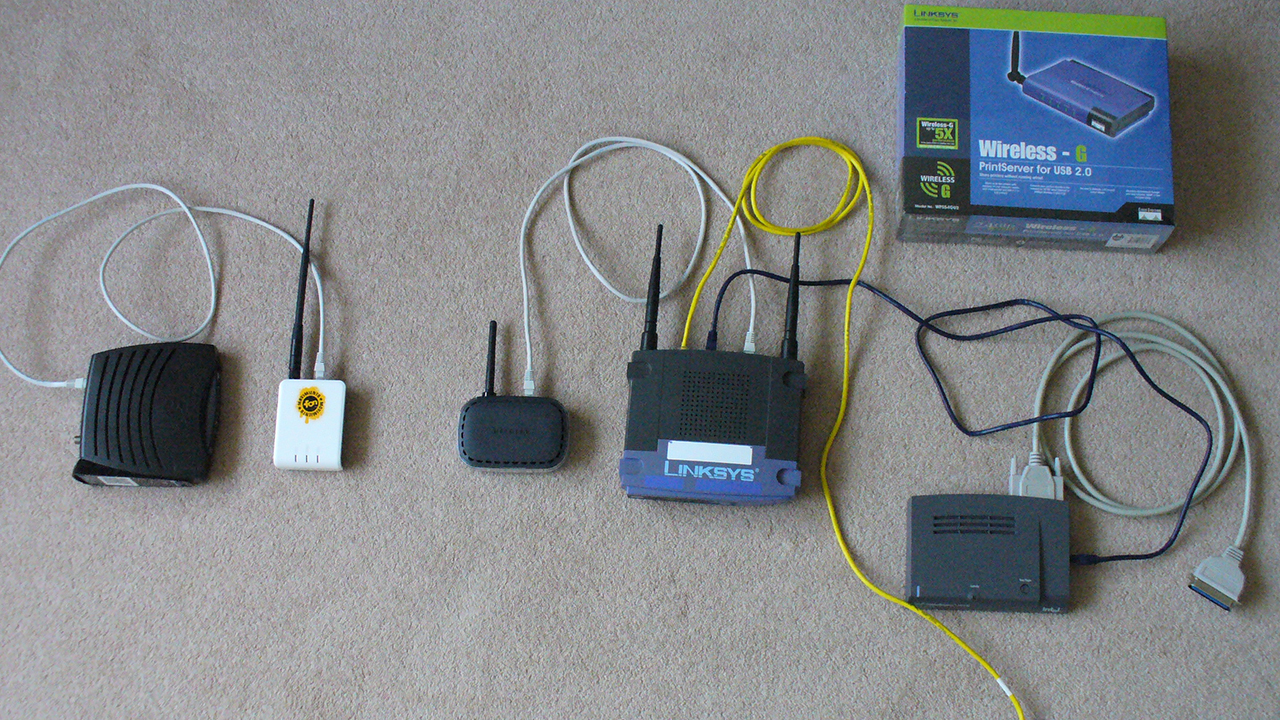Fed up with the tyrannical monopolies and shoddy service provided by Time Warner, Comcast, and Optimum, a group of geeks have banded together to make their own citywide, community-owned wi-fi network; an indienet, if you will. The network, called NYC Mesh, links together routers, aka “nodes,” set up in apartments all over the city to create an independent way to connect to the internet that can also survive the big providers’ outages. According to Brooklyn Daily, there are currently 21 nodes in Manhattan and 4 in Brooklyn, with the newest one in Bay Ridge.
NYC Mesh has no membership fee, and the equipment costs just $22 and NYC Mesh volunteers will set it up. The downside right now is that there only a few users, so the network isn’t very strong or wide. The more users and nodes, the higher the bandwith, which means a faster and more reliable connection.
A mesh network works differently than a traditional service provider, Brooklyn Daily explains:
Traditional Internet works like a post office, according to Elisa Duggen, a San Francisco tech engineer. First, someone drops a message in the mailbox. Then the post office (akin to an Internet service provider) takes the message to a central location, processes it, and delivers it to its destination.
But mesh networks are more like students passing notes across a classroom, according to Duggen. A kid writes a note and passes it to the person next to him, who passes it to the person next to him, and so on. The note reaches its destination after a series of hand-offs, and each student has some role in both routing and transmitting the message, she said. And if one student is too busy studying or snoozing to pass the note, it can be routed around him.
According to NYC Mesh’s designers, since a mesh network doesn’t really on a central location, internet access can be preserved in situations when some parts of the city are experiencing outages. The Red Hook Initiative, for example, set up a mesh network to keep the neighborhood connected during Hurricane Sandy.
(Photo: Clive Darra)



